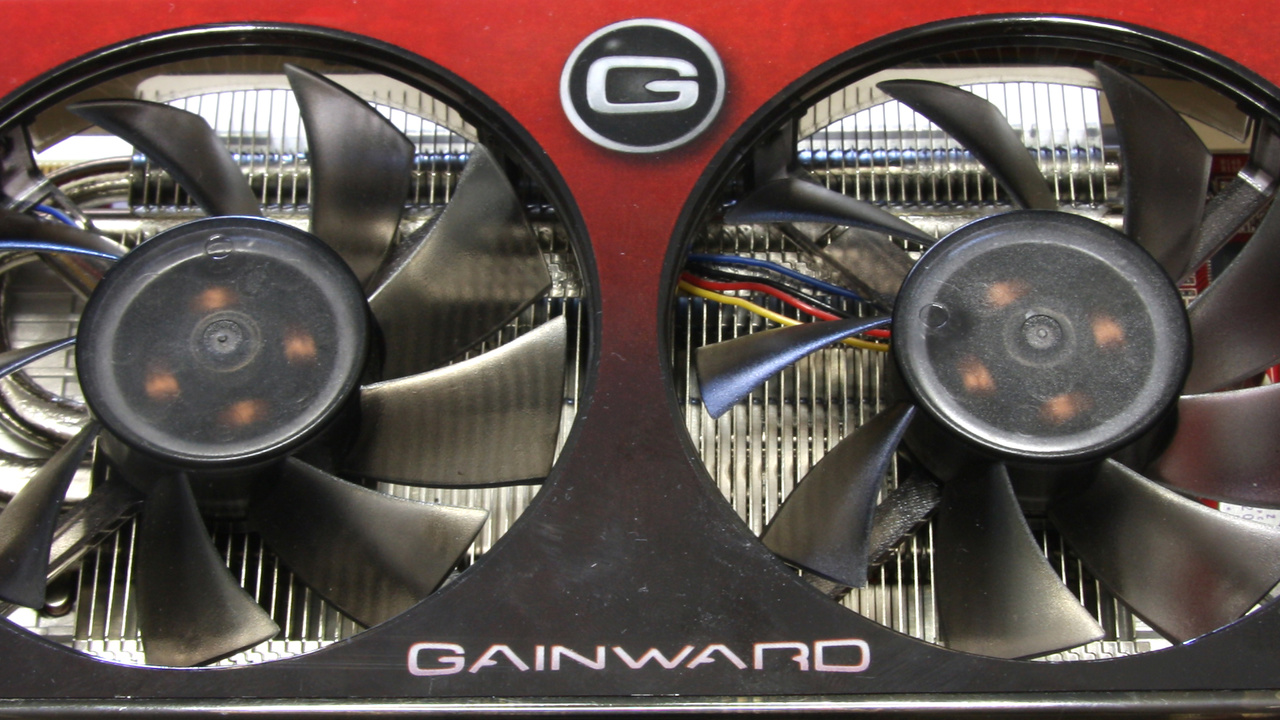GS GLH im Test: Gainward GTX 260 so schnell wie eine GTX 280 und günstiger

Einleitung
Die GeForce GTX 260 hat einiges hinter sich. Zuerst kam die Grafikkarte mit 192 Shadereinheiten auf den Markt, nur um kurze Zeit später auf 216 aufgestockt zu werden, um die Radeon HD 4870 von ATi besser im Griff zu haben. Mittlerweile hat Nvidia die GT200-GPU auf den 55-nm-Prozess geschrumpft (GT200b) und setzt diesen seit einiger Zeit auch auf der GeForce GTX 260 ein. Gleichzeitig hat man das Platinenlayout (PCB) mehrmals geändert, um Kosten einsparen zu können. Ebenfalls betroffen von diesen Überarbeitungen war das Kühlsystem, das nun keine Back-Plate mehr hat, womit die Rückseite des PCBs ungekühlt bleibt.
Zu den 55-nm-Karten gehört auch die GeForce GTX 260 GS GLH von Gainward, die sich vom Rest der Wettbewerber insbesondere durch extrem hohe Taktraten abzuheben weiß. Die GeForce GTX 260 GS GLH und soll im Endeffekt in etwa so schnell wie eine GeForce GTX 280 sein.
Aber wie schaut es mit den restlichen Eigenschaften wie der Leistungsaufnahme aus? Und ist die Karte wirklich so schnell? Das klären wir auf den folgenden Seiten.
